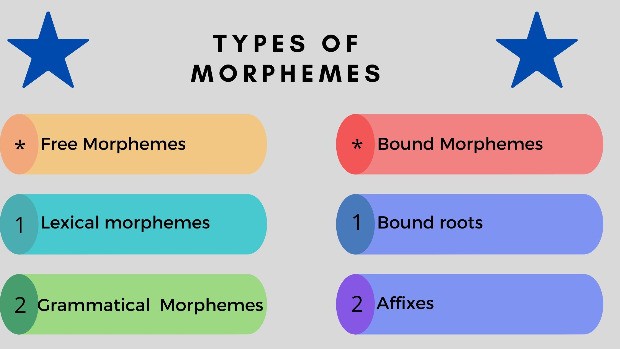As a branch of linguistics, Introduction to sociolinguistics is a major discipline for language learners. In today’s world, where the internet connects people worldwide, understanding language variation and its relation to social context is also crucial.
Sociolinguistics, as a field of study, explores how language varies among social groups, regions, and cultures. This article examines sociolinguistics, highlighting its significance in enhancing our understanding of language and society.
What is Sociolinguistics?
Quick Navigation
Sociolinguistics is a multidisciplinary field that combines elements of linguistics, sociology, anthropology, and psychology to investigate the relationship between language and society.
It seeks to understand how language varies and changes across different social groups, including factors such as age, gender, ethnicity, socioeconomic status, and geographical location.
By examining language variation, sociolinguists aim to uncover the underlying social, cultural, and historical influences that shape the way people communicate.
Language Variation
One of the central concepts in sociolinguistics is language variation. Language is not a static entity but rather a dynamic system that adapts and evolves based on social interactions. Sociolinguists study various aspects of language variation, including:
Regional Dialects
Regional dialects refer to the distinct forms of a language spoken in different geographical areas. These variations can include pronunciation, vocabulary, grammar, and even sentence structure differences. For example, the English spoken in the United States differs from that spoken in the United Kingdom, with variations such as accents and vocabulary.
Social Dialects
Social dialects, also known as sociolects, focus on language variations associated with specific social groups. Factors such as age, occupation, education level, and social class can influence the way individuals speak. For instance, professionals in the legal or medical fields may use specialized terminology or jargon within their discourse.
Ethnolects
Ethnolects examine language variation among different ethnic or cultural groups. These variations can stem from cultural practices, historical influences, or identity markers within a community. Ethnolects significantly shape individual and group identities, fostering a sense of belonging and cultural heritage.
Sociolinguistic Methods and Analysis
To investigate language variation, sociolinguists employ various research methods and analysis techniques. These include:
Surveys and Questionnaires
Surveys and questionnaires allow sociolinguists to gather data on language usage patterns, attitudes, and perceptions. By administering these tools to diverse participants, researchers can identify correlations between language and social factors.
Interviews and Observations
In-depth interviews and observations provide sociolinguists with valuable qualitative data. These methods involve engaging individuals or groups in conversations and recording their language use. Researchers gain insights into how language varies across social contexts by analyzing the interactions.
Corpus Linguistics
Corpus linguistics analyzes large collections of written and spoken language samples known as corpora. By examining these corpora, sociolinguists can identify patterns of language variation, track language change over time, and uncover social factors influencing language usage.
Applications of Sociolinguistics
Sociolinguistics has numerous practical applications that extend beyond academic research. Some notable areas where sociolinguistic insights are valuable include:
Education
Understanding language variation helps educators design inclusive curricula that address the linguistic needs of diverse student populations. Sociolinguistic research aids in developing effective language teaching strategies, promoting linguistic diversity, and challenging language biases in educational settings.
Language Planning and Policy
Sociolinguistic research plays a crucial role in language planning and policy formulation. Governments and organizations can utilize sociolinguistic data to make informed decisions regarding language standardization, bilingual education, and language preservation efforts.
Communication and Media
Sociolinguistics provides valuable insights into effective communication strategies for marketing, advertising, and media industries. Businesses can tailor their messaging to specific target audiences by considering language variations and social contexts, enhancing customer engagement and cultural relevance.
Conclusion
Sociolinguistics is an essential field of study investigating language variation and its connection to social context. By exploring the dynamic nature of language, sociolinguists contribute to our understanding of human communication, social identity, and cultural diversity.
As language evolves and adapts, the insights gained from sociolinguistic research play a crucial role in fostering effective communication and promoting inclusivity in our globalized world.
Frequently Asked Questions
What is the main focus of sociolinguistics?
How does sociolinguistics differ from traditional linguistics?
What are some examples of language variation studied in sociolinguistics?
How does sociolinguistics contribute to our understanding of society?
What are the practical applications of sociolinguistics?

Azizul Hakim is the founder & CEO of englishfinders.com. He is a passionate writer, English instructor, and content creator. He has completed his graduation and post-graduation in English language and literature.





